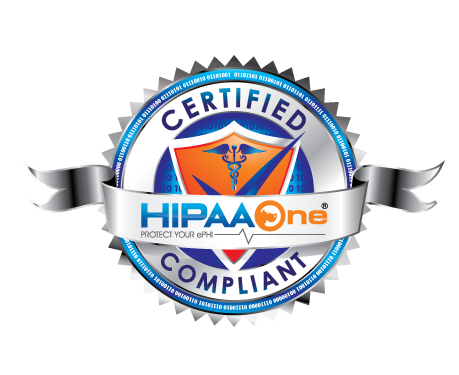


For most people “Telemedicine” sounded like a technology in some distant future just 20 years ago. In fact in a 90’s TV series, Star Trek Voyager, the most unforgettable character is the ship’s doctor. Or rather, the software and hologram package meant to simulate the appearance of a human doctor. The on-board construct served as a stand-in for a proper medical professional, enabling crew members to consult an extensive medical database even from the farthest reaches of space. While Telemedicine has been in use by NASA since the 1960s, it was not until recently that remote consultations emerged as a common practice. Today, through video conferencing technology and web-based encounter management software, it's possible for doctors and nurses to meet with and interview patients and other professionals from anywhere. Well, anywhere on Earth, that is.
The technology paired with mobile devices has the potential to significantly reduce the cost of workers’ compensation claims by enabling medical providers to use digital technologies to provide care without an in-person visit. For remote or late-night a worker, having a clinician come to them via a virtual visit is often more convenient and less expensive than an after-hours run to the ER or an urgent care facility.
Mary Ann Lubeskie, VP of TRISTAR Managed Care recently spoke at the Self-Insurance Institute of America (SIIA) annual conference and provided a cost-benefit analysis of using telemedicine in self-funded workers compensation programs. Mary Ann pointed out that according to Tower Watson, group health usage of telemedicine has increased 171% since 2014 and was the second fastest growing industry in 2018 according to American Telemedicine Association. However, the workers’ compensation industry has been slow to adopt this new technology. This is largely due to legislative barriers, provider licensing issues, and pricing ambiguity. The group health per employee per month (PEPM) traditional pricing structure is not a practical option for workers’ compensation pay per incident model.
Despite these obstacles, telemedicine’s enormous cost-reducing potential still presents itself as a worthwhile venture. According to a 2016 study done by Liberty Mutual, it was estimated that $42 Billion out of $60 Billion dollars spent in workers’ compensation claims are wasted. Most of this waste can be accounted for by claims with soft tissue injuries. Soft tissue injuries could have been easily diagnosed through telemedicine instead of using expensive Emergency Room resources. In fact, the National Institute of Health estimates that the median costs for the top 10 outpatient conditions treated in an ER is $1,223, with sprains and strains accounting for the most treatment.
Telemedicine also cuts down on the indirect cost of travel time and wait time. According to a 2015 Harvard Medical Study, a typical office visit is 121 minutes, with only 20 minutes of actual provider face time. The unnecessary travel time accounts for $1.1 Billion of waste each year. This doesn’t even include the cost of transportation!
Since 2019 TRISTAR Managed Care had partnered with Concentra to offer telemedicine for Workers’ Compensation clients. As the industry shifts from traditional to virtual office visits - TRISTAR is well positioned to offer employees and employers the convenience and cost savings benefits of telemedicine. Call TRISTAR at 1.888.558.7478 to learn more on how our telemedicine service can help your business today.




